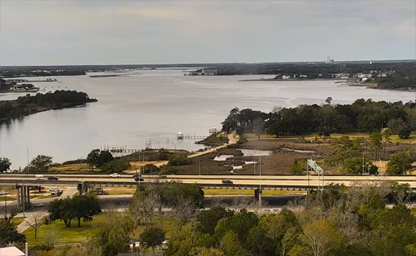
D'Iberville
Located immediately north of Biloxi, across the Back Bay

Located immediately north of Biloxi, across the Back Bay
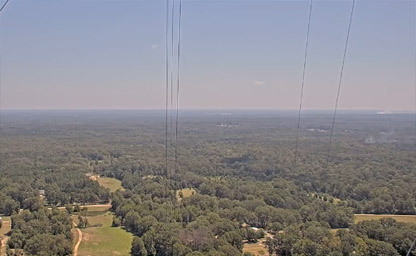
A 610-metre-high (2,000 ft) guy-wired aerial mast for the transmission of FM radio and TV-programs

It’s known as the birthplace of Elvis Presley

The 5th most populous city in the U.S. state of Mississippi
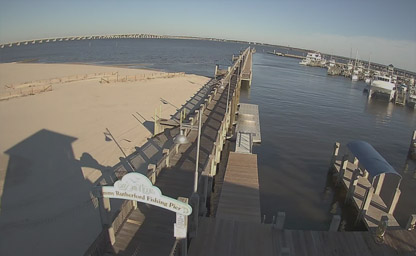
One of the best small coastal towns in America

The most populous city in the U.S. state of Mississippi

It is part of the Jackson metropolitan statistical area
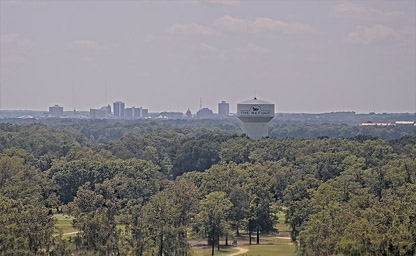
It is part of the Jackson Metropolitan Statistical Area
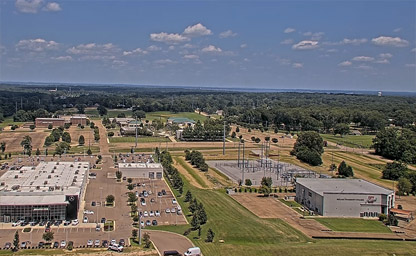
It is part of the Jackson, Mississippi metropolitan area
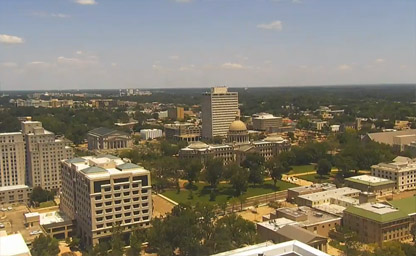
The friendliest state in the Union at the Mississippi State Capitol
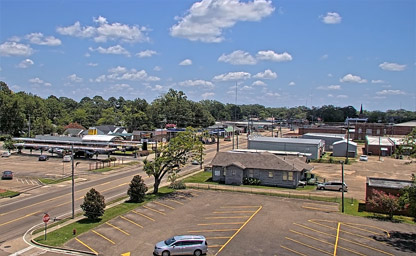
A city and the county seat of Scott County
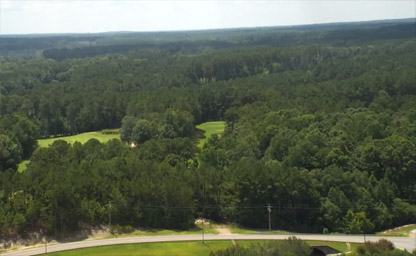
A beautiful city in and the county seat of Neshoba County
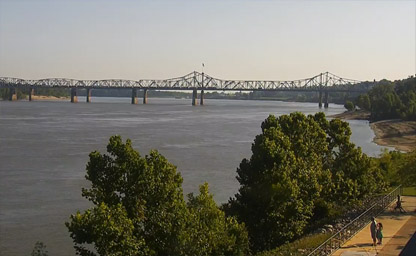
A beautiful city in western Mississippi
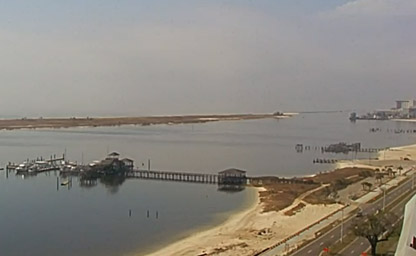
A Mississippi city on the beautiful Harrah’s Gulf Coast

Jackson Prep, situated in Mississippi, a suburb of Jackson
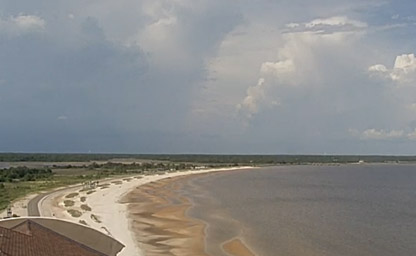
Located on the Beach in Hancock County
Live webcam views from Mississippi offer a captivating glimpse into the Magnolia State, showcasing its rich history, scenic beauty, and vibrant culture. From the peaceful flow of the Mississippi River to the charming streets of historic towns, these live webcams provide a real-time connection to the state’s unique atmosphere.
Webcams along the Gulf Coast highlight stunning coastal scenery, with views of sandy beaches, sparkling waters, and bustling harbors. Locations such as Biloxi and Gulfport offer sights of fishing boats, boardwalks, and beautiful sunsets over the Gulf of Mexico.
Nature lovers can enjoy live streams from Mississippi’s lush forests, serene lakes, and state parks. Cameras at places like Tishomingo State Park and the Natchez Trace Parkway showcase the state’s natural beauty and occasional wildlife sightings, offering a tranquil escape for virtual visitors.
Urban-focused webcams in cities such as Jackson, Natchez, and Vicksburg provide a look at Mississippi’s historic landmarks, cultural events, and daily life. From the historic antebellum homes of Natchez to the Civil War sites of Vicksburg, these feeds highlight the state’s deep historical roots.
Seasonal changes add to the charm of Mississippi’s live views, with blooming magnolias in spring, lively summer festivals, and the golden hues of autumn. Visitors can watch as the landscape transforms throughout the year.
Whether you’re exploring Mississippi’s natural wonders, soaking in its coastal charm, or appreciating its rich history, live webcams offer an engaging way to connect with the heart and soul of the state from anywhere in the world.
Mississippi, steeped in layers of history and cultural significance, is one of the most historically rich states in the United States. Long before European settlers arrived, the area that is now Mississippi was home to thriving Native American civilizations. The Mississippian culture, known for its mound-building societies, dominated the region from roughly 800 CE to 1600 CE. The city of Cahokia, though located in present-day Illinois, influenced mound sites like Emerald Mound near Natchez, showcasing the region's significance in prehistoric trade, religion, and governance.
In the early 16th century, Spanish explorer Hernando de Soto was the first European to traverse the Mississippi region, encountering native peoples and claiming the land for Spain. By the 17th century, French explorers arrived, including Pierre Le Moyne d’Iberville, who established Fort Maurepas in 1699 near present-day Ocean Springs. The French influence persisted, naming the region after the mighty Mississippi River, derived from the Ojibwe word "Misi-ziibi," meaning "Great River."
The Mississippi territory came under British control after the French and Indian War in 1763, though Spain and other European powers also vied for influence. Following the American Revolutionary War, Mississippi became part of the United States, formally organized as the Mississippi Territory in 1798. By 1817, Mississippi achieved statehood as the 20th state in the Union, ushering in a period of rapid economic growth fueled by agriculture.
The antebellum period marked Mississippi's rise as a leading producer of cotton, earning it a central place in the "Cotton Kingdom." The plantation economy depended heavily on enslaved African labor, making slavery a deeply entrenched and contentious institution. By the mid-19th century, Mississippi's economy was among the wealthiest in the nation, but it came at an immense human cost.
The Civil War brought profound changes to Mississippi. As a member of the Confederacy, Mississippi was a significant battleground, with key conflicts like the Siege of Vicksburg in 1863 altering the course of the war. The Union victory at Vicksburg effectively gave the North control of the Mississippi River, a strategic advantage that divided the Confederacy.
Reconstruction after the war was a turbulent period. Efforts to rebuild the state and integrate freed African Americans into society met resistance, resulting in the rise of discriminatory practices and policies like Jim Crow laws. Despite these challenges, Mississippi became a pivotal state during the Civil Rights Movement of the 20th century. Figures like Medgar Evers and organizations such as the Student Nonviolent Coordinating Committee (SNCC) led efforts to dismantle segregation and secure voting rights, culminating in transformative moments like the Freedom Summer of 1964.
Today, Mississippi preserves its complex history through museums, landmarks, and cultural institutions. Sites like the Mississippi Civil Rights Museum in Jackson and antebellum homes in Natchez offer visitors a window into the state’s storied past. Mississippi remains a place where history comes alive, reflecting both its struggles and triumphs.
Mississippi’s climate is classified as humid subtropical, making it a state of warm temperatures and ample rainfall. This climate plays a significant role in the state’s agricultural heritage and natural beauty. Summers in Mississippi are long, hot, and humid, with average temperatures often climbing into the high 80s and 90s Fahrenheit. The heat is accompanied by high humidity, which can make the air feel heavier, particularly in July and August. Afternoon thunderstorms are common during the summer months, providing brief but intense bursts of rain that cool the air and nourish the land.
Autumn in Mississippi offers a respite from the summer heat, with temperatures gradually cooling and humidity levels dropping. The season brings clear skies and mild weather, making it an ideal time for outdoor activities like hiking, fishing, and exploring state parks. Fall also heralds the arrival of harvest festivals and football season, both cherished traditions in Mississippi.
Winters in Mississippi are generally mild compared to northern states. Average temperatures range from the mid-40s to 50s Fahrenheit, although occasional cold fronts can bring freezing temperatures and light snowfall, particularly in northern regions. Coastal areas near the Gulf of Mexico tend to remain warmer, making them popular destinations for winter getaways. Despite the relatively mild weather, Mississippi winters can bring heavy rain and occasional icy conditions, especially in late January and February.
Spring is one of the most pleasant times of the year in Mississippi. Blooming flowers, budding trees, and warmer temperatures create an inviting atmosphere for residents and visitors alike. However, spring is also the peak season for severe weather, including tornadoes and thunderstorms. The state’s location within Dixie Alley makes it prone to these phenomena, particularly in April and May. Residents take precautions during these months to stay prepared for rapidly changing weather conditions.
The coastal region of Mississippi, influenced by the Gulf of Mexico, experiences a unique climate with a risk of hurricanes during the Atlantic hurricane season, which runs from June to November. Historic hurricanes like Camille in 1969 and Katrina in 2005 have left lasting marks on the state, shaping its approach to disaster preparedness and resilience.
Mississippi’s geography is as diverse as it is beautiful, with features ranging from rolling hills to vast river systems. The state covers approximately 48,430 square miles, making it the 32nd largest state in the U.S. Its topography is relatively low-lying, with the highest point being Woodall Mountain in the northeastern part of the state at just 807 feet above sea level. In contrast, the Gulf Coast region offers sandy beaches and wetlands that provide habitat for diverse wildlife.
The Mississippi River, the state’s namesake, defines its western border and is one of the most significant geographic features in the region. The river has historically served as a critical transportation and trade route, shaping the development of towns and cities along its banks, such as Vicksburg and Natchez. The river also contributes to the fertile soil in the Mississippi Delta, a region renowned for its agricultural productivity.
The Delta, located in the northwestern part of the state, is a flat and expansive area known for its role in the cotton industry and as the birthplace of the blues. The Yazoo and Big Black River systems crisscross the Delta, further enriching the land and creating a unique cultural and ecological landscape. The Delta’s influence on music, food, and storytelling makes it a cultural gem within the state.
Central Mississippi transitions into gently rolling hills and forests, with the capital city of Jackson located near the Pearl River. This region is home to reservoirs, state parks, and historical landmarks that offer recreational and educational opportunities. The Pine Belt in southeastern Mississippi is characterized by dense pine forests, which have supported the state’s timber industry for generations.
Southern Mississippi, including the Gulf Coast region, features sandy beaches, barrier islands, and marshlands. The Gulf Islands National Seashore is a highlight, offering pristine natural areas for birdwatching, kayaking, and relaxation. Coastal cities like Biloxi and Gulfport are vibrant hubs of culture, tourism, and seafood cuisine, reflecting the region’s deep connection to the Gulf of Mexico.
For an authentic Mississippi experience, take a drive along the historic Natchez Trace Parkway. This scenic route, which stretches from Natchez to Nashville, Tennessee, follows an ancient trail used by Native Americans, early settlers, and traders. Along the way, you’ll encounter historic landmarks, beautiful landscapes, and opportunities to immerse yourself in the state’s natural and cultural heritage. An interesting fact about Mississippi is that it is home to the world's longest man-made beach, stretching 26 miles along the Gulf Coast, offering a perfect destination for relaxation and exploration.